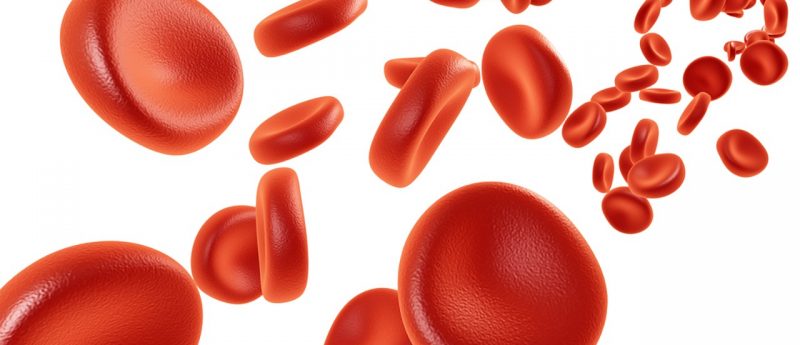Real time measurement of critical blood levels in the ICU

Knowing blood levels of glucose, lactate and other substances is a question of life and death for intensive care patients. A miniaturized microfluidic device has been developed by EPFL (Switzerland) which allows medical staff to monitor these levels and consequently react more quickly. The device was recently unveiled at the 2015 BioCAS (GA, USA).
The prototype, no larger than a pack of chewing gum, has been developed by EPFL’s Integrated Systems Laboratory and has a deceptively simple appearance. However, a miniaturized high-tech system is contained within the little back box. “We embedded biosensors in it to measure several different substances in the blood or blood serum along with an array of electronics to transmit the results in real time to a tablet via Bluetooth,” said Sandro Carrara, a scientist from the EPFL’s Integrated Systems Laboratory.
The new device has the advantage of being much less invasive than the monitoring systems it is designed to replace, as it is can of be connected to a drainage tube that’s already in place. Blood levels of five substances, fluctuations in which indicate changes in the condition of intensive care patients, are constantly checked. These are metabolites (glucose, lactate and bilirubin) and ions (calcium and potassium).
“Nowadays, several of these levels are measured periodically. But in some cases, any change in level calls for an immediate response, something that is not possible with the existing systems,” said Carrara.
Building on this, there is the potential to monitor up to 40 molecules in real time. This will lead to a drastic reduction in the number of machines which normally surround patients, which is a practical advantage of medical staff. The reduction in equipment could also ease the distress of loved ones.
Made with a 3D printer, the prototype has been successfully tested on rodents. It is currently under discussion for tests to be carried out at the University Hospital of Lausanne (CHUV; Switzerland). Interest in developing the device has also been expressed by several manufacturers. “We could hit the market in two to three years,” said Carrara.
This advance towards increasingly precise and effective medicine was achieved through the Nano-Tera initiative, funded by the Swiss government.
Source: Monitoring critical blood levels in real time in the ICU.
